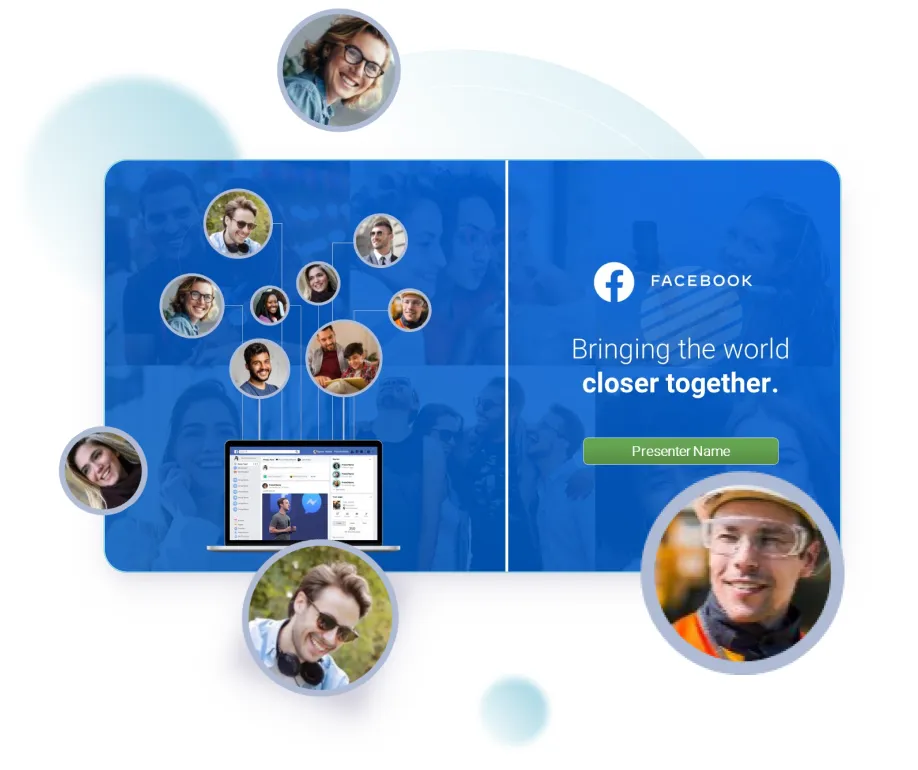
The British bank Lloyds TSB conducted a study on the cause of careless household accidents, and the results they gathered have some pretty broad implications. As quoted by Fortune.com, the average adult attention span has plunged from 12 minutes in 1998 to 5 minutes in 2008. Participants attributed their short attention span to stress and decision overload, both unavoidable in our fast-paced lifestyles.With the advent of technology and the distraction of multiple screens — from our work laptops to our smartphones — holding one’s attention for longer than the usual is nearly impossible. That is, if you’re bored by the topic.Considering this information, it seems that presenting to a huge audience has never been more difficult. Five minutes is barely enough time to make a positive impression. This is a huge challenge that presenters need to over come. Here are 3 key strategies to keep in mind:
Condense your slides
Try to present more information orally to reduce overloading your slides with too much text and data. The people in your audience can read much faster than they can listen to you talking. As we’ve discussed time and again, an effective PowerPoint deck acts as a visual aid. It doesn’t contain every sentence you want to share. Instead, it perfectly illustrates your main points through the use of images and other multimedia elements. Instead of packing your slides with a bunch of facts and figures, spend more time illustrating and articulating your points.An emotional and physical connection might be more effective in capturing the audience’s imagination. This bond calls the attention of people whose minds were wandering off in the crowd, and engages those who are beginning to invest in what you’re saying.
Follow an intriguing narrative structure
Structure your presentation in a way that will surely engage your audience. There’s a reason why we can sit motionless in a movie theater for two hours, completely enamored by what we’re watching. Movies follow a great story arc that build suspense and intrigue. Effective storytellers know how to create anticipation that keeps viewers looking forward to what happens next. Following their example, your presentation can also work the same way.Craft your presentation in a way that presents a problem (“what is), and slowly build your way towards a solution (“what could be”). The problem-tension-solution pattern roughly mimics the structure of classical Greek dramas, which research has found to be effective in eliciting powerful emotional response.
Create “soft breaks”
According to presentation expert Carmine Gallo, the best way to re-engage the short attention spans of your audience is by creating “soft breaks” within your presentation. After every 10 minutes or so, give your audience some moments to pause by incorporating videos, activities, and demonstrations. You can also encourage audience participation by posing a question they can answer through a show of hands. If your presentation allows it, you can also call up other speakers from your team to offer the audience a fresh new perspective.
The Final Word
Capturing people’s attention can be a bit of a challenge, especially during a time when attention spans are beginning to drop, and people are constantly busy. But that doesn’t mean you have to make a plain, uninteresting presentation.Engage people’s senses by keeping your pitch short and sweet, weaving a narrative around your presentation, and giving soft breaks in between. Follow these tips and you might just win new business! Featured Image: Oliver Tacke via Flickr

